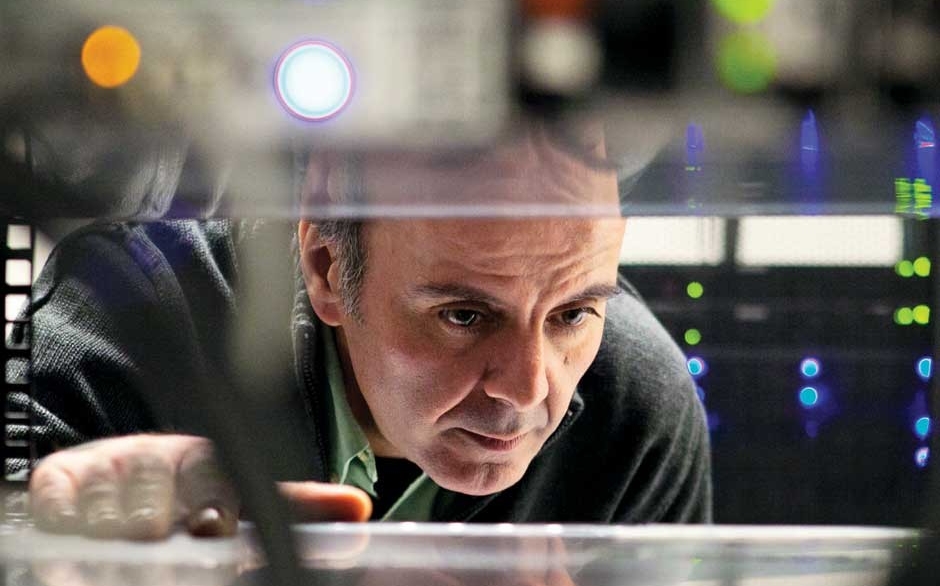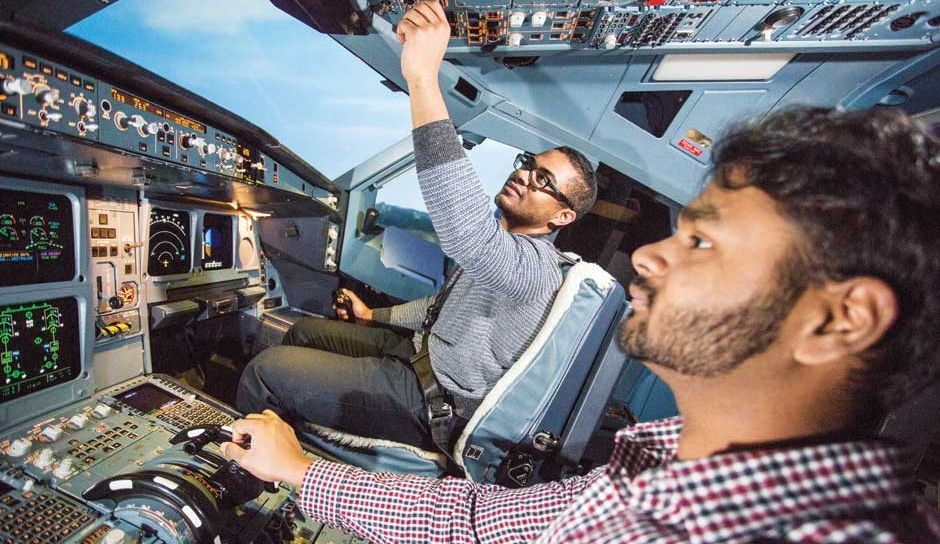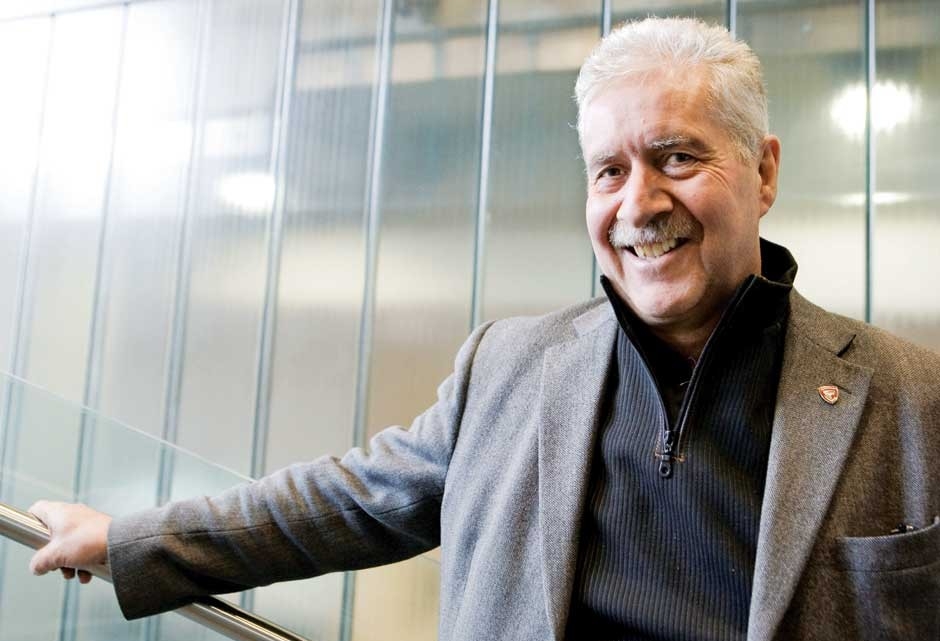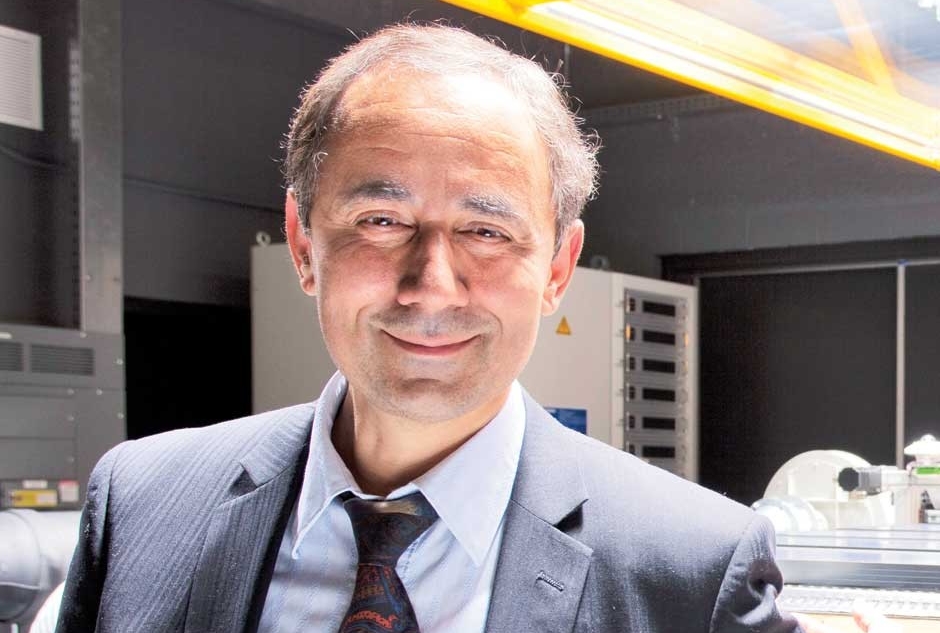This is in keeping with the growing emphasis on aerospace engineering at the university. Last February the Quebec government approved Concordia’s new Bachelor of Engineering (BEng) in Aerospace Engineering. “In consulting with our industry partners it was clear that what the aerospace industry in Montreal needed were technically trained engineers with specialized interdisciplinary skills unique to aerospace,” Amir Asif, dean of the faculty, said at the time of the announcement.
“A lot of our partners right now are not just partners in research, but partners in education as well,” says Sitahal. “The recently awarded NSERC Chair in Aerospace Design Engineering is primarily focused on the development of undergraduate curriculum supported by six companies. We’re engaged in training a new breed of engineers. So companies are really investing their time and resources to help us, which is new and exciting and really a commitment to changing the way we do things.”
Robert Fews has been in the aerospace industry for 50 years and has seen a dramatic evolution in the technology. “They were flying with elastic bands when I started,” quips Fews, who worked at British Aerospace — he was on the tarmac when the first Concorde took off — before moving on to Canadair and Bell Helicopter. His expertise in the field brought him to Concordia in 2009 as special aerospace advisor to the dean.
He says that graduate students’ research collaborations are a step up from undergraduate internships, where students get to learn from on-the-job experience. (See the sidebar, “Co-op integrates undergrads”) That means that for economic reasons, all universities must bring their A-game when it comes to being partnered with companies, Fews adds.
A highly competitive field
“From an industry perspective, the university collaborative research environment is extremely competitive,” says Fews. “Industries try to be as competitive as they can in terms of where they place their research. They want to find the number-one best technical resource that’s available in Canada. They also want to find the most appropriate funding leveraging they can get their hands on.”
 As the NSERC/Ericsson senior industrial research chair in model based software management, Ferhat Khendek directs graduate students’ work with Ericsson Canada.
As the NSERC/Ericsson senior industrial research chair in model based software management, Ferhat Khendek directs graduate students’ work with Ericsson Canada.
 “Our students have the opportunity to work alongside these industry engineers who normally have been around for 20 or 30 years and really know their stuff.”
“Our students have the opportunity to work alongside these industry engineers who normally have been around for 20 or 30 years and really know their stuff.”
 Robert Fews, special aerospace advisor to the dean of the Faculty of Engineering and Computer science, has decades of experience in the aerospace industry.
Robert Fews, special aerospace advisor to the dean of the Faculty of Engineering and Computer science, has decades of experience in the aerospace industry.
 The research conducted by Andreas Athienitis’s team of graduate students work on projects such as optimizing buildings’ energy efficiency for local companies including Hydro-Québec.
The research conducted by Andreas Athienitis’s team of graduate students work on projects such as optimizing buildings’ energy efficiency for local companies including Hydro-Québec.